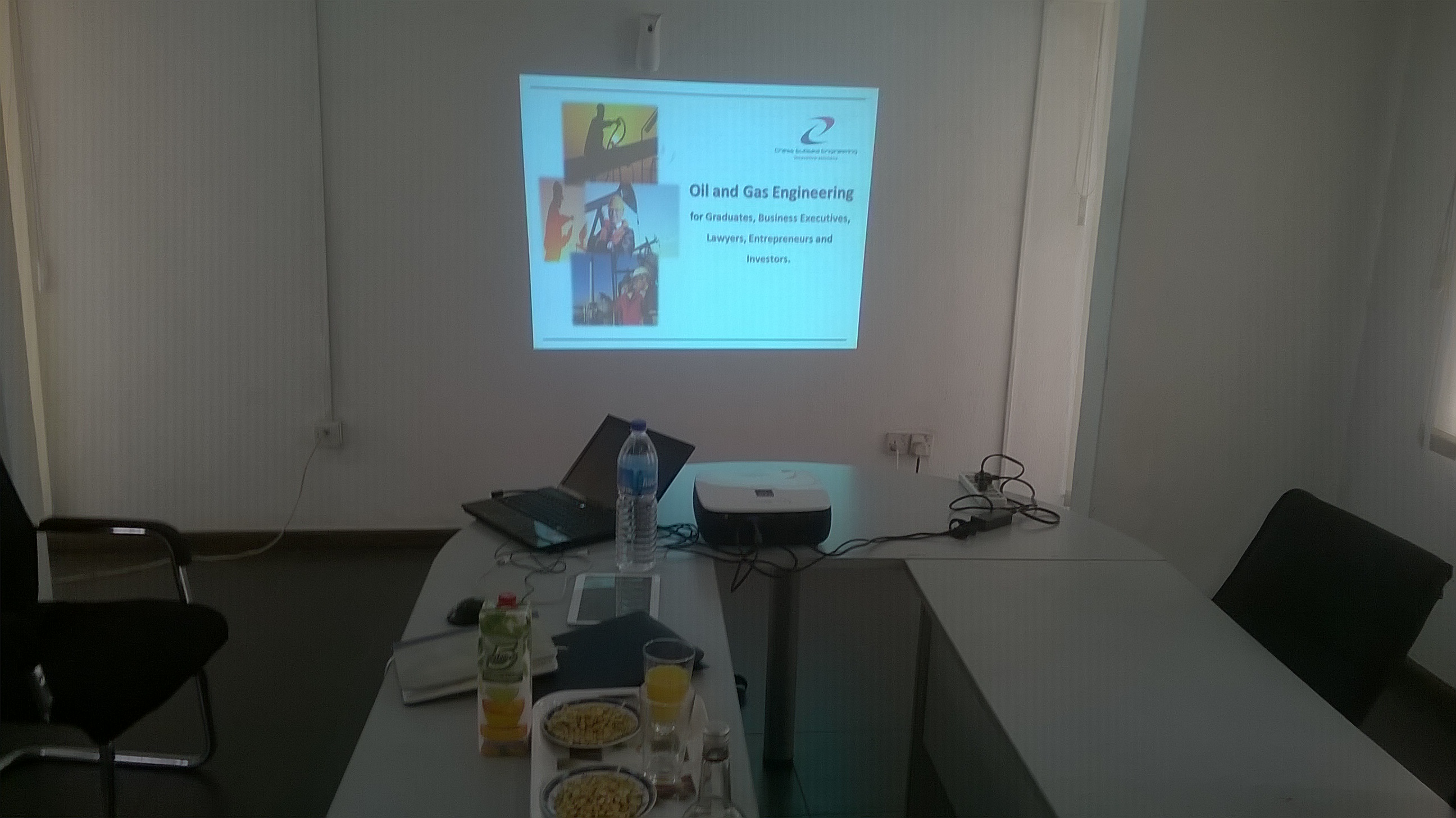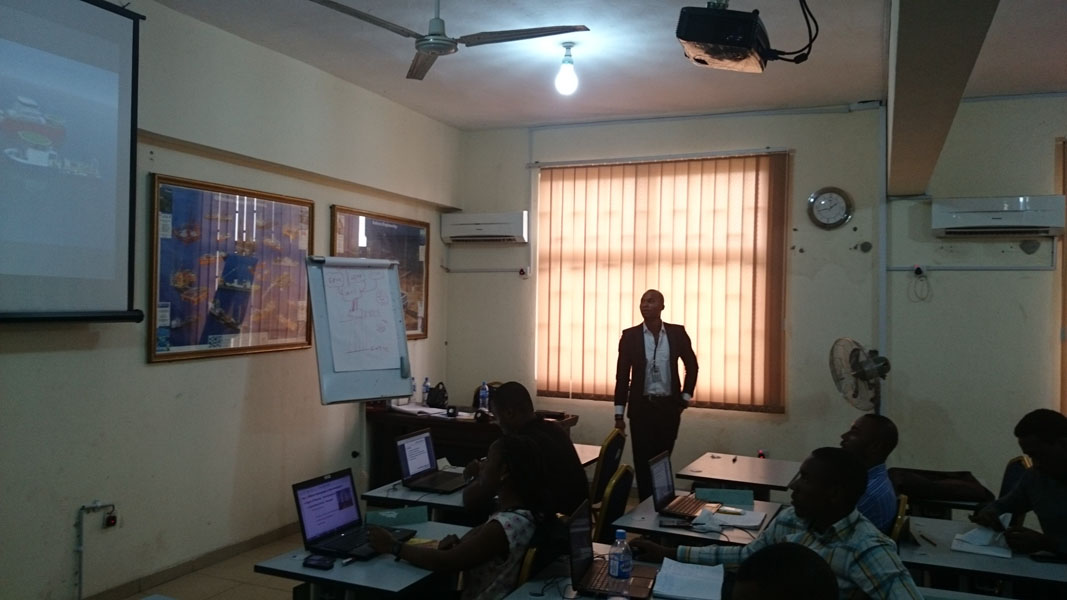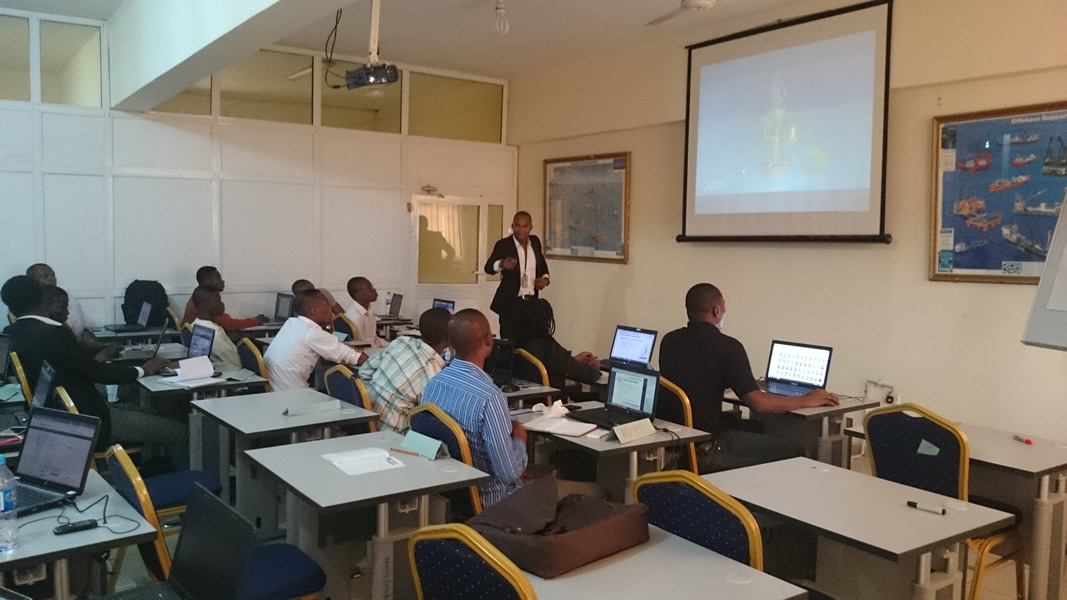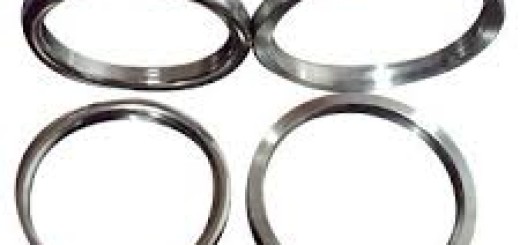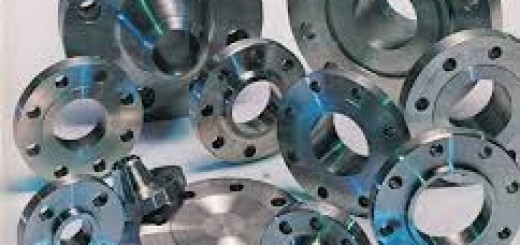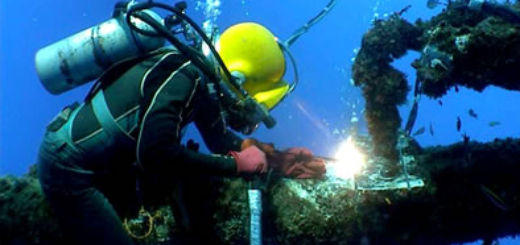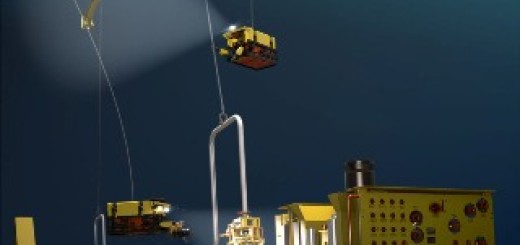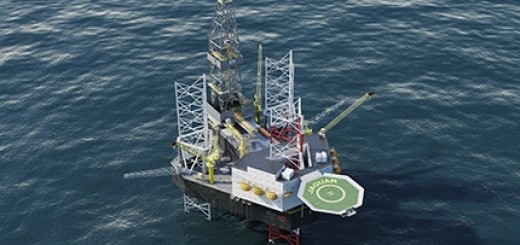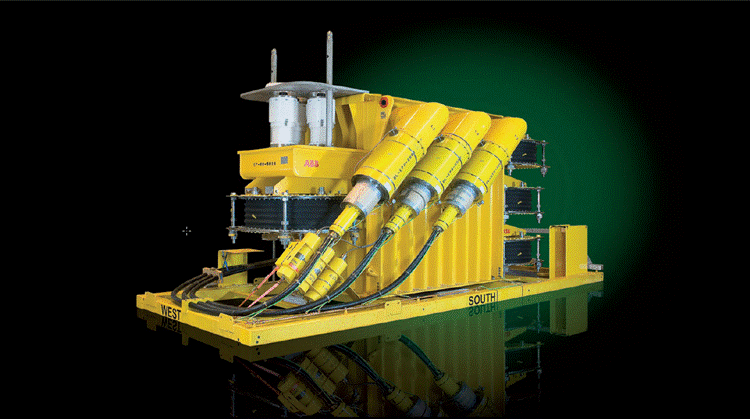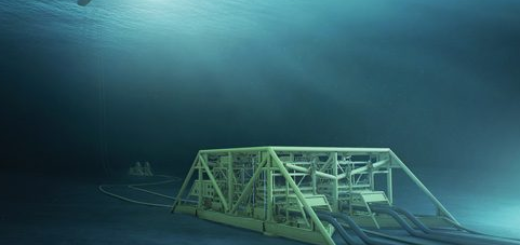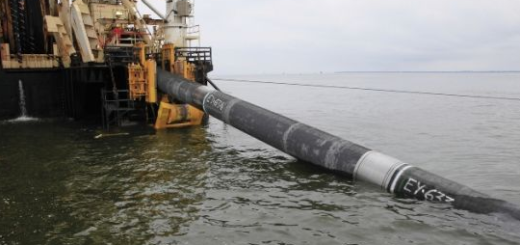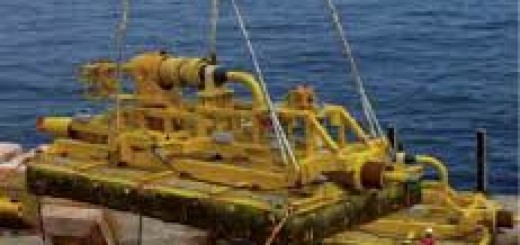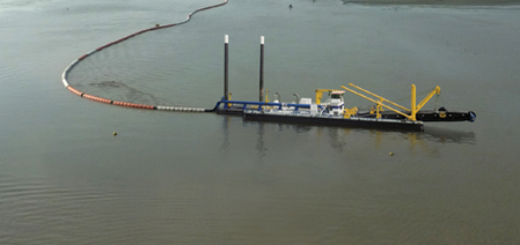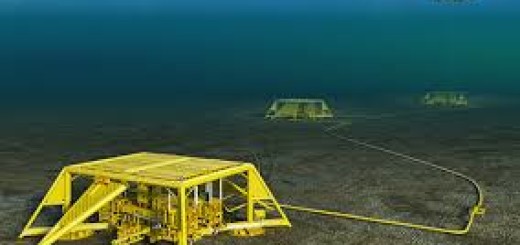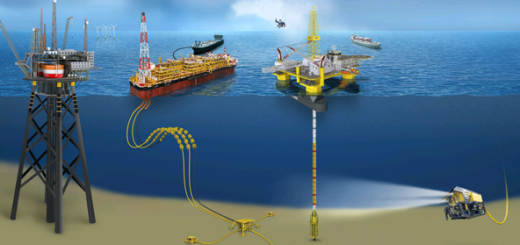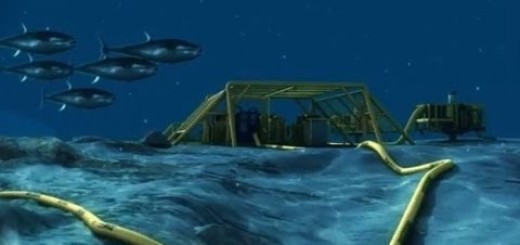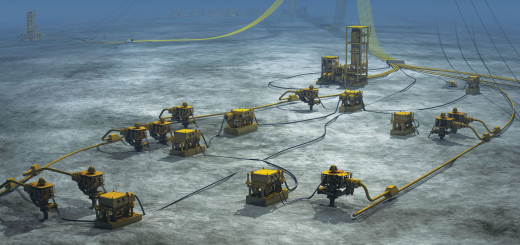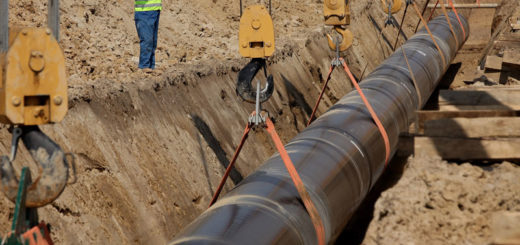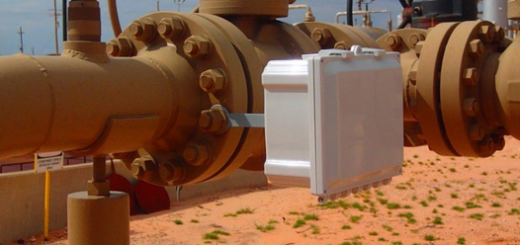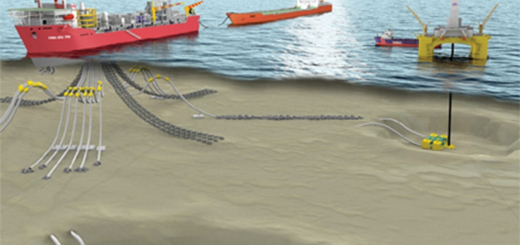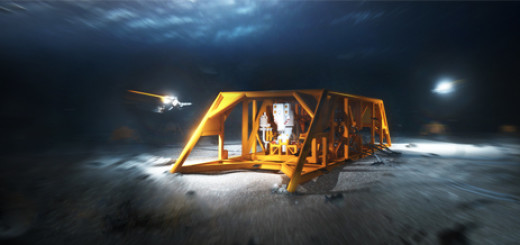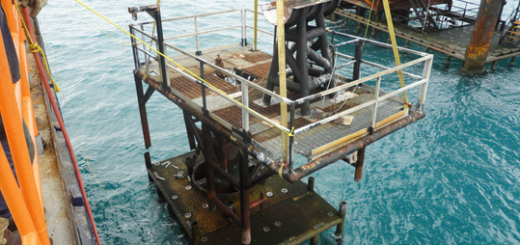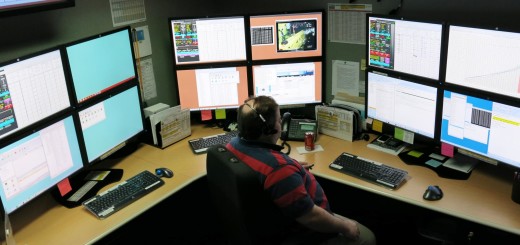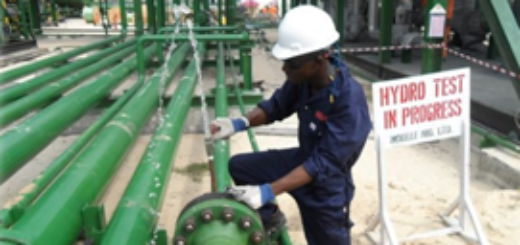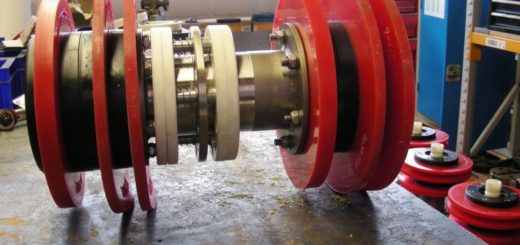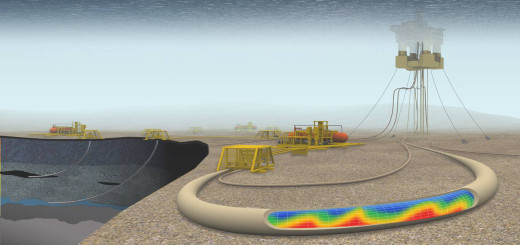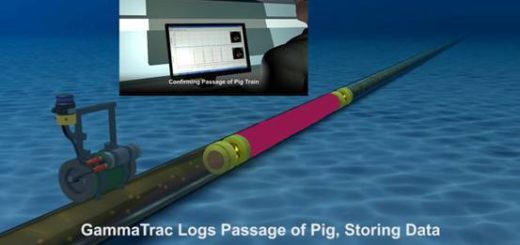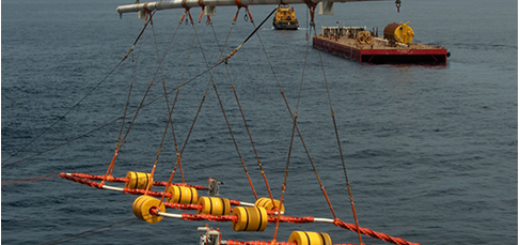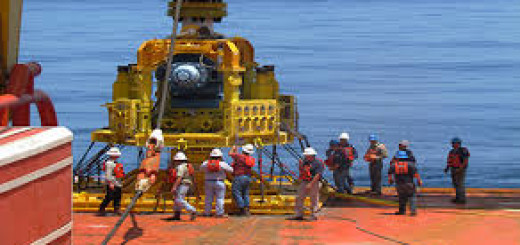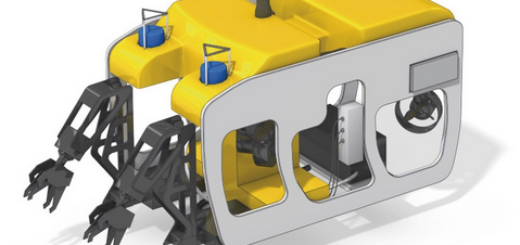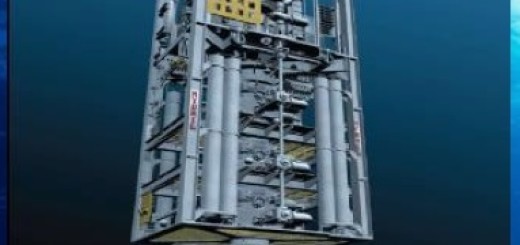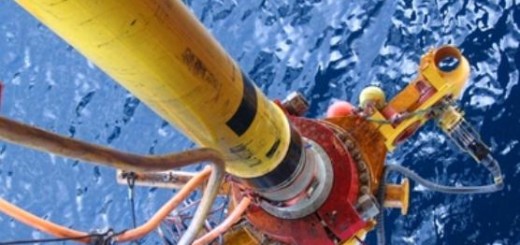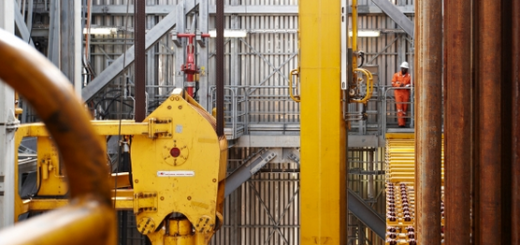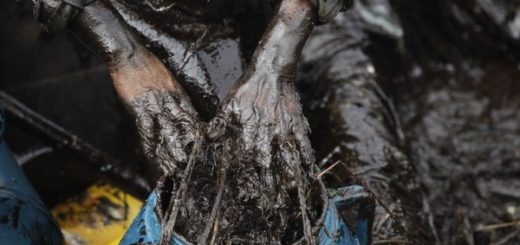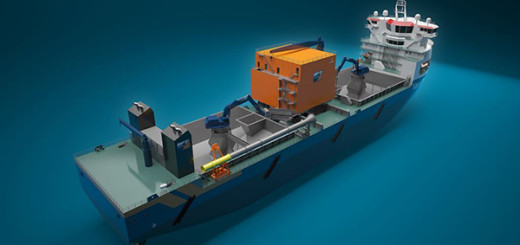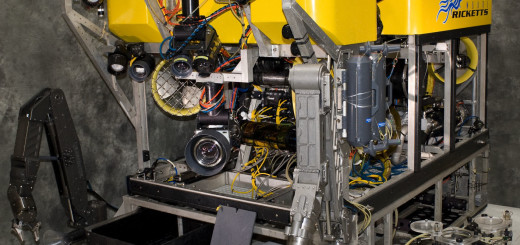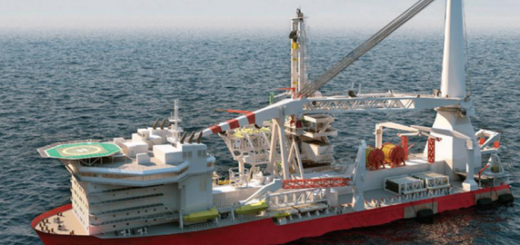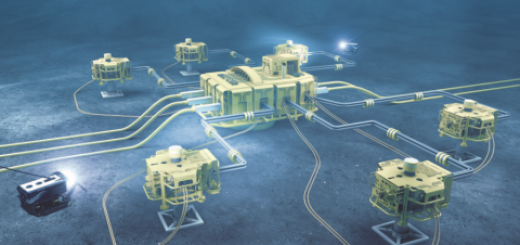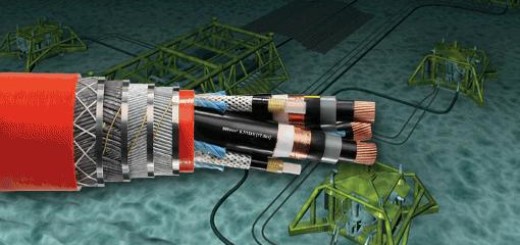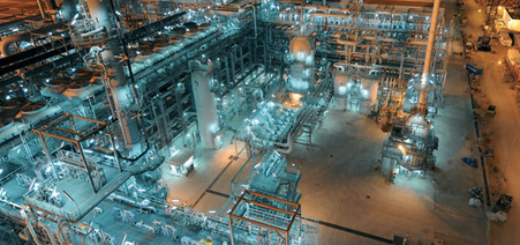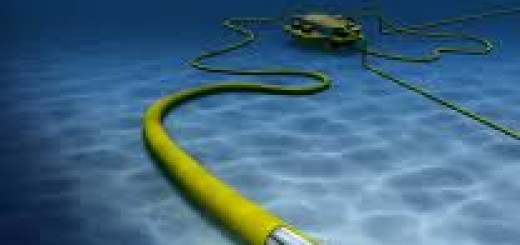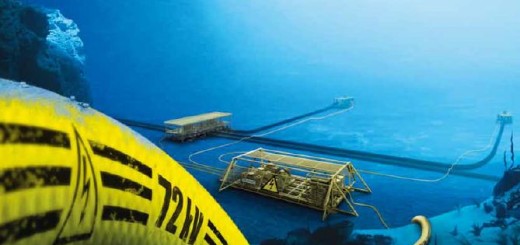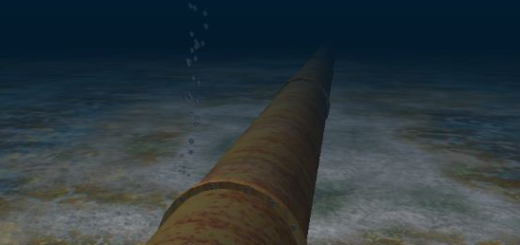Testing, Inspection and Maintenance of BOP
Testing, Inspection and Maintenance of BOP
1.0 Testing Periods
Pressure test on the well control equipment should be conducted at least once every 21 days.
- After setting, CSG
- Prior to entering a known transition zone
- After B.O.P repairs or change
NB: In addition to this, prior to spud and upon installation. Also after the disconnection or repair of any pressure containment seal in the BOP stack, choke line or choke manifold but limited to the affected component.
Initial test should be the lesser of the rated working pressure of the stack wellhead upper part of the CSG.
Low Pressure Testing i.e. Diverter System = 200 – 300 psi
https://www.youtube.com/watch?v=Rknp7tIPCuc
1.1 Testing During Operations
Stack should be tested to at least 70% of its rated working pressure but limited to the lesser of the rated working pressure of the wellhead or 70% of the minimum internal yield of the upper part of the CSG string.
Annular – Tested to 70% API RP 53 of its rated working pressure.
Company policy might dictate that annular be tested to 50% of working rate to prevent excessive wear.
Choke Manifold, V/VS safety etc, same as stack test.
On stump tested to rated working pressure.
Factory tested to 150% of rated working pressure.
1.2 A.P.I. Regulations on Closing Units
Surface:
- Minimum Requirements: All surface closing units should be equipped w / sufficient volumetric capacity to provide the useable fluid volume (w / pumps isolated) to close 1 Pipe Ram, 1 Annular & open the Hyd. Choke valve.
- Accumulator Response Time: Response time between activation and complete operation of a function is based on BOP or valve closure and seal off.For surface installations, the BOP control system should be capable of closing each ram BOP within 30 seconds. Closing time should not exceed 30 seconds for annular BOPs smaller than 18 ¾ inches nominal bore and 45 seconds for annular preventers of 18 ¾ nominal bore and larger. Response time for choke and kill valves (either open or close) should not exceed the minimum observed ram close response time.For subsea installations, the BOP control system should be capable of closing each Ram preventer within 45 secs and Subsea closing unit for annular preventer should not exceed 60 secs for Annular Preventer.
- Pump Capacity: with the accumulator isolated, the pump should be capable of closing annular & opening choke valves & obtain a minimum of 200 psi above pre-charged within 2 minutes or less.
- Reservoir Capacity: 2 X times useable fluid capacity of the system.
- Pump Coming In Time:
 NB: Usable fluid is the volume of fluid recoverable between accumulator operating pressure & 200 psi above pre – charge.
NB: Usable fluid is the volume of fluid recoverable between accumulator operating pressure & 200 psi above pre – charge.
1.3 A.P.I. Definations
Every installed Ram BOP should have as a minimum a working pressure equal to the Maximum Anticipated Surface Pressure (MASP) to be encountered.
- Rated Working Pressure: The maximum internal pressure that equipment is designed to contain or control.Note: Rated Working Pressure should not be confused with test pressure.
- Closing Ratio: The ratio of the wellhead pressure to the pressure required to close the BOP.
- Drill Pipe Safety Valve: An essentially full – opening valve located on the drill floor with threads to match the drill pipe connection in use. This valve is used to close of or secure the drill pipe to prevent flow.
- Usable Fluid Volume: The volume of fluid recoverable from an accumulator between accumulator operating pressure and 200 psi above the pre-charge pressure.
- Accumulator Pre-charge: The precharge pressure on each accumulator bottle should be measured prior to each BOP stack installation on each well and adjusted if necessary.The minimum precharge pressure for a 3000 psi working pressure accumulator should be 1000 psi. The minimum precharge pressure for a 5000 psi working pressure should be 1500 psi. Only nitrogen gas should be used for accumulator precharge. The precharge pressure should be checked and adjusted to within 100 psi of the selected precharge pressure at the start of drilling each well.For subsea installation the precharge pressure shall compensate for the water depth the BOP’s will be operating in. The subsea accumulator bottle calculations should compensate hydrostatic pressure gradient at a rate of 0.445 psi / ft of water depth.
-
Accumulator Response Time: Response time between activation and complete operation of function is based on BOP or valve closure and seal off. For surface installations, the BOP control system should be capable of closing each RAM BOP in 30 seconds or less. Closing time should not exceed 30 seconds for annular BOP’s (18 ¾ ) and 45 seconds for annular preventers 18 ¾ and larger.
For subsea installations, the BOP control system should be capable of closing each RAM BOP in 45 seconds or less, closing time should not exceed 60 seconds for annular BOPs. Operating response time for choke and kill valve (either open or close) should not exceed the minimum observed RAM ROP close response time. Time to unlatch the lower marine riser package should not exceed 45 seconds.
2.0 Types of Tests
Test programmes incorporate:
- Visual inspections
- Functional operations
- Pressure tests
- Maintenance practices
- Drills
2.1 Inspection Test
The inspection test is aimed to examine the flaws that may influence equipment performance. These tests may include but not limited to visual, dimensional, audible, hardness, functional and pressure tests.
2.2 Pressure Tests:
Periodic application of pressure to a piece of equipment or system to verify the pressure containment capability for the equipment or system. Wellbore test is another descriptive term frequently used synonymously for pressure testing.
All blowout preventer components that may be exposed to well pressure should be tested first to a low pressure of 200 to 300 psi and then to a high pressure.
Click here to go to the next page >>
<< Click here to go back to Surface & Subsea Well Control for Drilling Engineers | Supervisors
Advanced Subsea Production System (SPS) Professional Courses
Subsea production system is associated with the overall process and all the equipment involved in drilling, field development, and field operation.
Component of Subsea production system includes: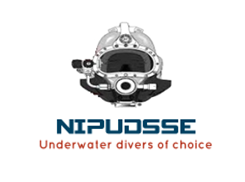
- Subsea Well Drilling Systems
- Wellhead system(s) with associated casing strings
- Subsea Christmas trees (XT) for production or injection purposes
- Subsea Umbilical Risers and Flowlines (SURF)
- Manifolds, Jumpers, Spools, Pipelines and Foundations
- Subsea Control Systems (SCS)
- Subsea Processing Systems – Boosting, Compressors, Separation & Power
The downloadable PDF below; shows relationship between subsea production systems (SPS) – Field Architecture
[pdf-light-viewer id="6598"]
Chess Subsea professional training modules is geared towards detailed understanding of subsea production system, wellheads and well control. It also focus on Reliability, Availability, Maintainability and Safety (RAMS) of these system and its integrity management.
Send your email to info@chesssubseaengineering.com
Chess Subsea Engineering Short Professional Courses – Paid
- Fundamentals of Oil and Gas Engineering for Graduates and Business Development Resource Personnel’s
- Fundamentals of Oil and Gas Offshore Engineering
- Fundamentals of Offshore & Subsea Operations Project Design and Planning

- Fundamentals of Subsea Survey, Positioning & Metrology
- Fundamentals of Subsea Engineering
- Fundamentals of Subsea Processing Systems – Boosting, Compressors, Separation & Power
- Fundamentals of Pipeline Engineering for Engineers
- Fundamentals of Subsea Flow Assurance for Engineers
- Fundamentals of Subsea Vessels & Lay Equipment
- Fundamentals of Subsea Pipelines and Structures Installation Techniques
- Fundamentals of Subsea Hoop Up and Field Commissioning – Pipeline Case Study
- Fundamentals of Isolation & Intervention Guild lines for Driver Access to Subsea Systems
- Fundamentals of Underwater Access Technology – Divers and Diverless
- Introduction to Intervention & Workover Systems used in the Subsea Production System Environment
- International Standards, Directives & Guidelines for the Subsea Oil & Gas Industry
- Subsea Topside Equipment Practices, Processes for Specifying & Sizing

- Application of Mathematical tools used for calculation & Sizing of Topside and Subsea Equipment
- Fundamentals of Valves utilized in Subsea Production Systems
- Fundamentals of Subsea Umbilicals & Control Lines
- Subsea Environment and Basic Corrosion Mechanism
- Fundamentals of Offshore Decommissioning & Abandonment
- Multiplex Subsea Control BOP Stack – Operations, maintenance, trouble shooting and job hazard analysis
- Subsea Field Development
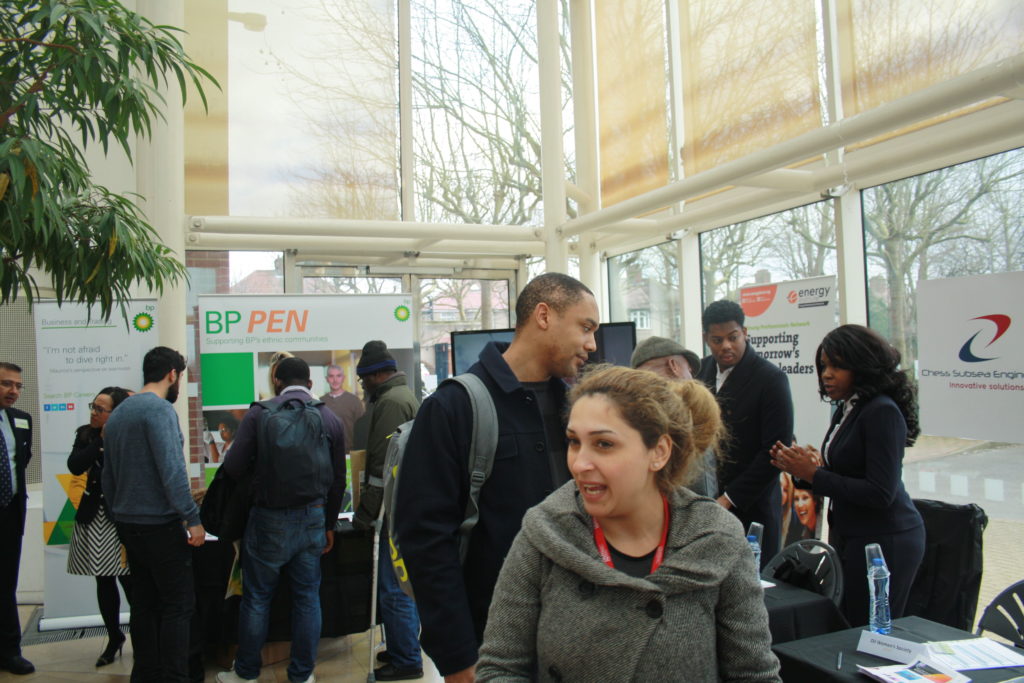
- Subsea Well Control Systems
- Subsea Distribution System
- Subsea Surveying, Positioning, Installation and Foundation
- Installation and Vessels
- Subsea Cost Estimation
- Subsea Control Systems
- Supervisory Control And Data Acquisition (SCADA) System (Advanced)
- Subsea Power Supply
- Subsea Route Selection & Free Spanning
- Stress Analysis Based Design of Pipelines
- Fundamentals of Pipeline Buckling and Collapse
- Fundamentals of Subsea Systems Environmental Assisted Cracking & Fatigue Life Prediction

- Fundamentals of Subsea Pipeline Stability
- Subsea Systems Materials and Steel Grade Selection
- Fundamentals of Subsea Systems Cathodic Protection Monitoring
- Pipeline Ancillary Equipments
- Pipeline Installation, Commissioning and Decommissioning
- Pipeline Failure, Corrosion and Insulation
- Subsea Project Execution and Interfaces
- Subsea Risk and Reliability
- Subsea Systems Risk Based Inspection
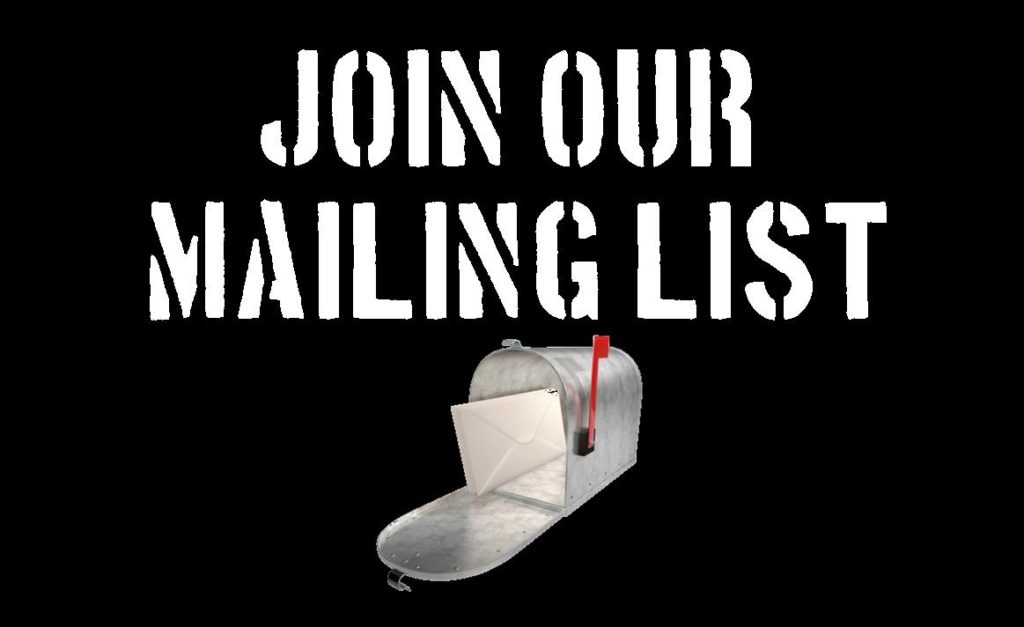
- Hydraulics
- Subsea Corrosion and Scale
- Subsea Manifolds – Engineering, Construction & Installation
- Pipeline Ends and In-Line Structures – Engineering, Construction & Installation
- Subsea Connections and Jumpers – Engineering, Construction & Installation
- Subsea Wellheads and Trees – Engineering, Construction & Installation
- ROV Intervention and Interface

- Subsea Umbilical Systems – Engineering, Construction & Installation
- Drilling Risers – Engineering, Construction & Installation
- Subsea Production Risers – Engineering, Construction & Installation
- Advanced Pipeline Engineering – Construction, Installation and Operations
Chess Subsea Engineering Operations Management Courses – Paid
- Oil & Gas HSE Management

- Fundamentals of Pipeline Pre-Commissioning Operations Management
- Fundamentals of Pipeline Cathodic Protection Operations Management
- Introduction to Pipeline Construction Operations Management
- Introduction to Pipeline Leak Repair Operations Management
- Introduction to Pipeline Pigging Operations Management
- Oil & Gas Operations Quality Management for Project Teams
Chess Subsea Engineering Oil and Gas Contracting Courses – Paid
Chess Subsea Engineering Oil Spill Response & Cleanup Courses – Paid
Chess Subsea Engineering Dredge Operations Management Courses – Paid
Testimonials
“I have passed online course – Fundamentals of Subsea Engineering – provided by Chess Subsea Engineering  Company. Found it very useful and informative. Communication with personnel was prompt and effective. This Course – was exactly what I needed at the moment. I’m happy to use gained knowledge on practice once I’m back offshore. Looking forward to get more professional knowledge from Chess Subsea Engineering” – Dmitrij Panfilov (Lithuania)
Company. Found it very useful and informative. Communication with personnel was prompt and effective. This Course – was exactly what I needed at the moment. I’m happy to use gained knowledge on practice once I’m back offshore. Looking forward to get more professional knowledge from Chess Subsea Engineering” – Dmitrij Panfilov (Lithuania)
“I have worked closely with Engr. Oseghale Okohue on Oil & Gas Business Development ideas and initiatives and  found him to be industrious, innovative and highly entrepreneurial. I have personally gained a helicopter view of the Oil and Gas production system business (onshore & offshore) from our interactions and consider him a unique resource person. – Dr Micheal Ebenede, Business Development Manager, Abbeycourt Energy Services Limited (AESL), Nigeria
found him to be industrious, innovative and highly entrepreneurial. I have personally gained a helicopter view of the Oil and Gas production system business (onshore & offshore) from our interactions and consider him a unique resource person. – Dr Micheal Ebenede, Business Development Manager, Abbeycourt Energy Services Limited (AESL), Nigeria
“I have completed the online course – Fundamentals of Oil and Gas Engineering for Graduates and Business  Development Resource Personnel’s. The training was well packaged and the training materials were professionally prepared. I must commend Chess Subsea Engineering!” – Justina Huntersson, Logistic Assistance, Temile Offshore, Nigeria
Development Resource Personnel’s. The training was well packaged and the training materials were professionally prepared. I must commend Chess Subsea Engineering!” – Justina Huntersson, Logistic Assistance, Temile Offshore, Nigeria
 “Chess Subsea Engineering is an online organization that delivers as promise. A great business partner you can rely on. They are well vast and experience in subsea activities such as Processing, Production, Project Interface Management, Contracts, Training Seminars, Business Development and whatever you looking for in the oil and gas, just call on them. We at NIPUDSSE are pleased to partner with Chess Subsea Engineering and I believe, NIPUDSSE and CHESS SUBSEA ENGINEERING are fully positioned. I am pleased to indeed recommend them” – Bart H.A Okafor, founder / Sr. commercial underwater subsea diver, NIPUDSSE, Nigeria
“Chess Subsea Engineering is an online organization that delivers as promise. A great business partner you can rely on. They are well vast and experience in subsea activities such as Processing, Production, Project Interface Management, Contracts, Training Seminars, Business Development and whatever you looking for in the oil and gas, just call on them. We at NIPUDSSE are pleased to partner with Chess Subsea Engineering and I believe, NIPUDSSE and CHESS SUBSEA ENGINEERING are fully positioned. I am pleased to indeed recommend them” – Bart H.A Okafor, founder / Sr. commercial underwater subsea diver, NIPUDSSE, Nigeria
Send your email directly to Subsea Production Systems Training Division at sps@chesssubseaengineering.com for course payment
Subsea Field Development Engineering Support In House Courses
- Offshore Systems Decommissioning and Abandonment
- Offshore Project Engineering Procurement and Construction (EPC) Management
- Subsea Systems Asset Integrity Management
- Advanced Subsea Production Control System
- Advanced MUX BOP Control System
- FMECA of Subsea Control Module System and Sub components
- FMECA of Subsea XT System and Sub components
- FMECA of Subsea MUX BOP System and Sub equipment
- Subsea Production Systems Reliability Engineering (i.e. XT, MUX BOP, SCM, Jumpers, Spools, Risers, Manifolds, SDUs etc.)
- Hydraulic Power Unit Reservoir Sizing for Existing and New Field
- XT Components Selection
Chess Subsea Engineering Short Professional Training Gallery
Click here to Subscribe to our Free Monthly Online Training
Chess Subsea Engineering Free Professional Courses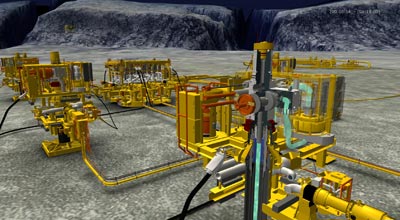
- A brief history of Health Safety Legislation – United Kingdom
- Oil and Gas Engineering for Undergraduates, Graduates & Business Development Team
- Introduction to Subsea | Offshore EPIC Project Interface
- Introduction to Subsea Production Systems
- Subsea Production System (SPS) Building Block
- Fundamental Building Block of Subsea Processing System
- Subsea Equipment Trends | Host Facilities | Installation Vessel | Tree Interface that Govern Design | XT Installation Techniques
- Subsea Intervention Operation Vessels
- Introduction to Subsea XT – Part 1
- Introduction to Subsea XT – Part 2
- Introduction to Subsea XT – Part 3

- Introduction to Subsea XT – Part 4
- Introduction to Subsea XT – Part 5
- Introduction to Subsea XT – Part 6
- Introduction to Subsea Xmas Tree (Advanced) – Part 7
- Introduction to Subsea Control System – Part 1
- Introduction to Subsea Control System – Part 2
- Introduction to Subsea Control System – Part 3
- Introduction of Subsea Control System – Part 4
- Introduction to Subsea Control System – Part 5
- Floating Production, Storage and Offloading (FPSO) Facilities
- General Specifications for Subsea Systems and Offshore Structures – Part 1
- Introduction to System Reliability Engineering
- Measurement of System Reliability Part 1

- Measurement of System Reliability Part 2
- Measurement of System Reliability – Part 3
- System Reliability and Risk Management Methodology
- System Design for Reliability
E-Course: Subsea Survey, Subsea System Installation and Subsea Control – Available Online 24 / 7
Explore Our Free Offshore Pipeline Training Modules
- Introduction to Offshore Pipeline

- Introduction to Pipeline Design
- Pipeline Performance Requirements
- Introduction to Offshore Pipelines Failures
- Offshore Pipeline Failure – External Corrosion
- Offshore Pipeline Cathodic Protection Design
Explore Our Free Management Development Training Modules
- Market Research – Part 1

- Business Development Plan – Part 2
- Cash Flow Management – Part 3
- Marketing – Part 1
- Component of Marketing – Part 2
- Creating a Brand – Part 3
Explore Our Free Oracle Primavera 6.0 PM Training Modules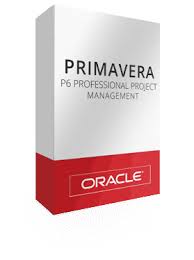
- Introduction to Project Management (PM) and Software’s
- Introduction to Oracle Primavera P6 Project Management (PM)
- Introduction to Primavera P6 Enterprise Project Manager (PM) Work Space
- Structuring of Project with Oracle Primavera P6 Project Management (PM)
- Advanced Techniques for Constructing Complex Project Activity Network





